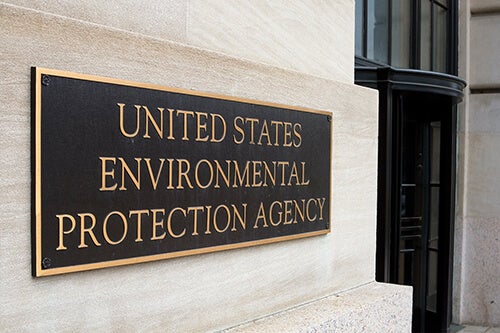As the world embraces sustainability, understanding the materials and chemicals in your products is becoming more crucial than ever. In the EU, increasing the sustainability of products on the market is one of the most important actions in achieving the transition towards a resource-efficient and circular economy. A key part of this effort involves addressing substances of concern (SOCs) — a concept that’s expanding and reshaping how we think about chemicals in products.
So, What Exactly Are Substances of Concern?
Think of SOCs as the broader, more comprehensive cousin of substances of very high concern (SVHCs), which you’ve probably heard about under the REACH Regulation. While SVHCs are chemicals known to be hazardous to our health or the environment, SOCs cast a wider net. They include SVHCs and other substances that:
- Present specific hazards like being carcinogenic or mutagenic
- Hinder recycling or reuse, complicating circular economy goals
- Are listed under certain hazard classes in the Classification, Labeling, and Packaging (CLP) Regulation
- Include Persistent Organic Pollutants (POPs) in some cases
In total, over 3,500 substances or substance groups fall under this SOC umbrella!
Why Should You Care?
If you’re a manufacturer, supplier, or just someone interested in sustainability, understanding SOCs is becoming essential. Here’s why:
Regulations Are Evolving
The EU is rolling out new regulations that make SOCs a central focus. Let’s break down a few key ones:
- Corporate Sustainability Reporting Directive (CSRD): Companies will soon be required to disclose their environmental and social impacts. Knowing where SOCs exist in your supply chain is vital for accurate reporting under ESRS E5-2 (Pollution), especially regarding substances of concern and very high concern.
- Ecodesign for Sustainable Products Regulation (ESPR): The EU wants products to be sustainable from the get-go. Identifying and managing SOCs will be critical to minimizing environmental impacts throughout a product’s life cycle. SOCs will, at the very least, need to be reported under ESPR and specific product category rules.
- Proposed Packaging and Packaging Waste Regulation (PPWR): If you’re in the packaging business, this one’s for you. The PPWR aims to reduce packaging waste and promote circular economy practices. SOCs can affect the recyclability and reuse of packaging materials, making it essential to manage these substances effectively.
Beyond Compliance: Sustainable Investment Opportunities
Managing SOCs isn’t just about staying on the right side of the law. Investors are increasingly looking for companies that align with sustainability efforts, like the UN’s Sustainable Development Goals (SDGs). Proper management of SOCs can make your company more attractive to these investors by:
- Demonstrating responsible consumption and production practices
- Showing commitment to pollution control
- Aligning with the EU Taxonomy for sustainable activities
Check out our guide, Working Together to Achieve UN Sustainable Development Goals by 2030, to better understand how your business can actively participate in and contribute to achieving the UN SDGs.
Time to Take Action
In today’s sustainability-driven market, being proactive about SOCs is essential for your company’s long-term success. Understanding whether your products contain any of the 3,500+ SOCs is vital — not just for compliance but for achieving broader sustainability goals. It’s about risk management and seizing new opportunities in the green economy. Whether it’s complying with new EU regulations or attracting investment by aligning with global sustainability goals, managing SOCs effectively is the way forward.
Ready to Get Started?
Identifying SOCs in your products is the first step toward deep supply chain sustainability. Interested in learning how Assent’s solution can help you navigate this complex landscape? Visit us at assent.com to learn more.














